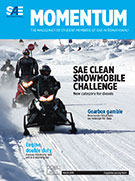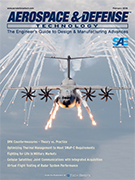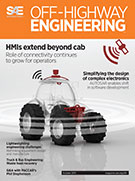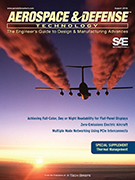Magazine

Automotive Engineering: October 6, 2015
2015-10-06
2016 Malibu sheds 300 lb, adds new hybrid system More wheelbase, style, fuel economy, and comfort aim to move GM's volume midsize sedan from the sidelines to the fast lane. Lighter, more powerful 2016 Honda Pilot The third-generation SUV gets a sleek new look and plenty of slick technology for enhanced performance and safety. 2016 Mazda MX-5 stays true to its roots Mazda engineers give the industry a lesson in getting more from less. 2016 Land Rover Discovery Sport spearheads more efficient Land Rovers JLR's space-efficient, flexible SUV moves to JLR's new Ingenium modular engines. Audi chooses high technology, cautious design evolution for new A4 In addition to lighter weight and significant improvements in efficiency, the new car employs plenty of technology and driver support.
















